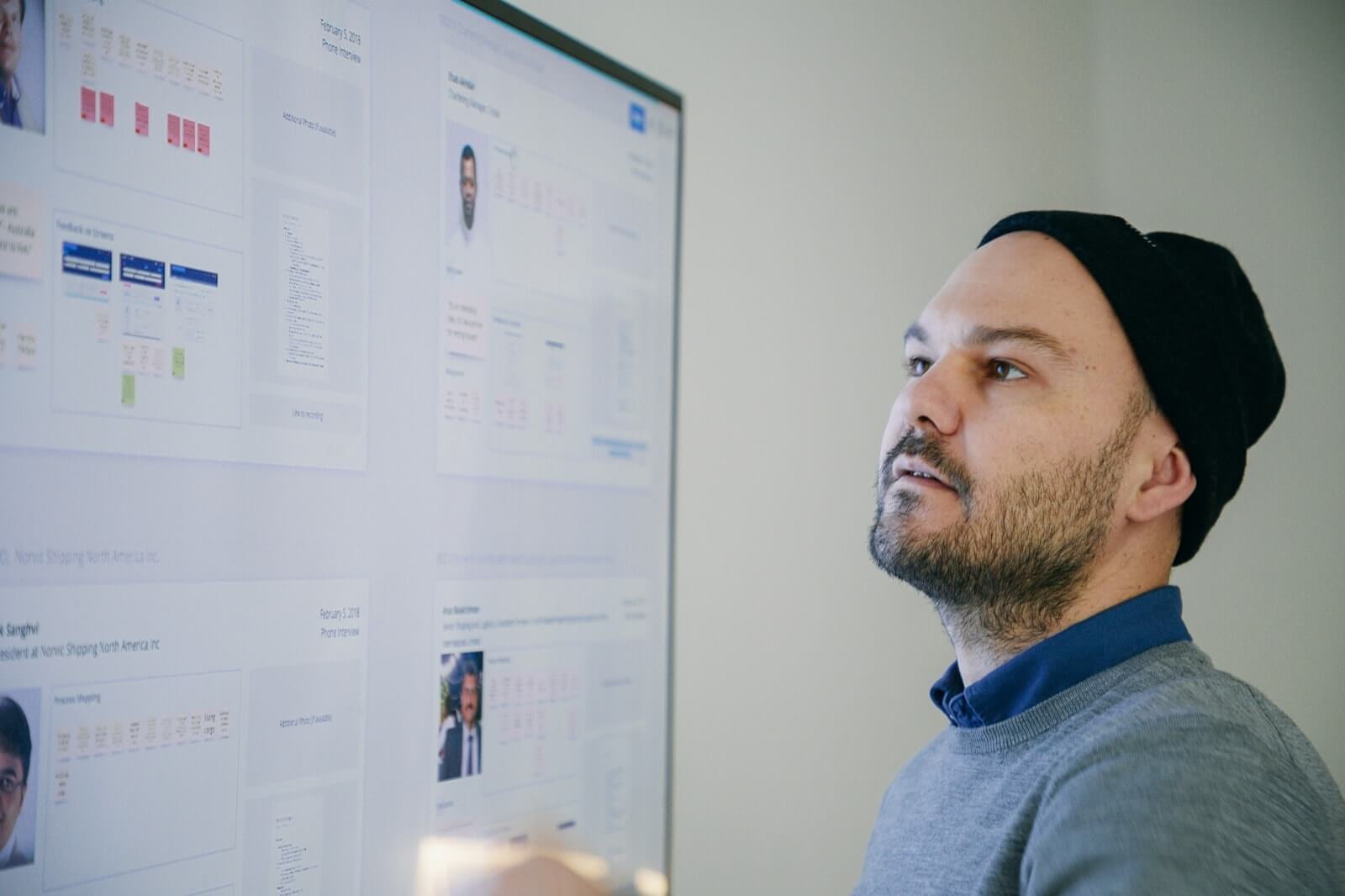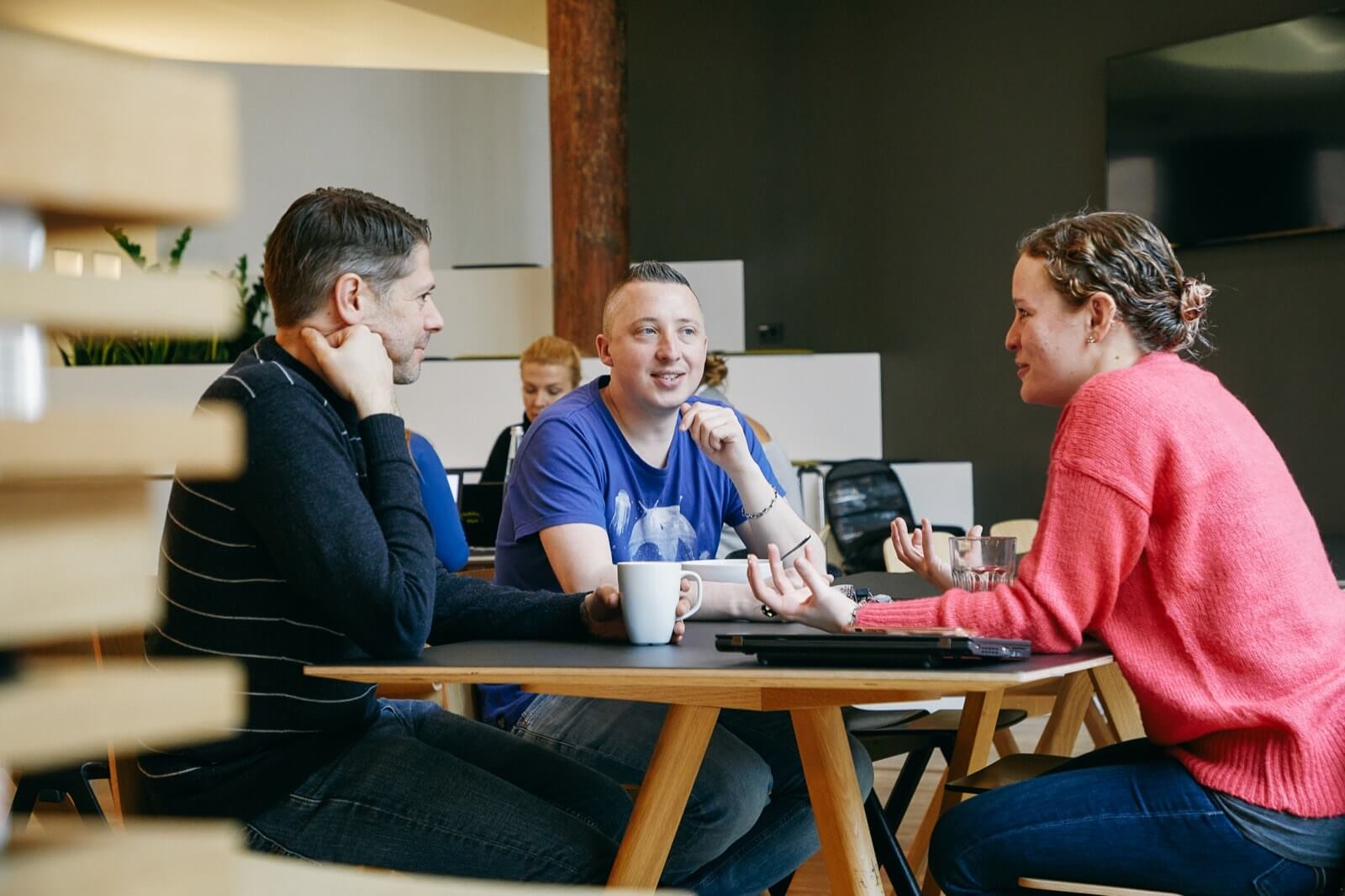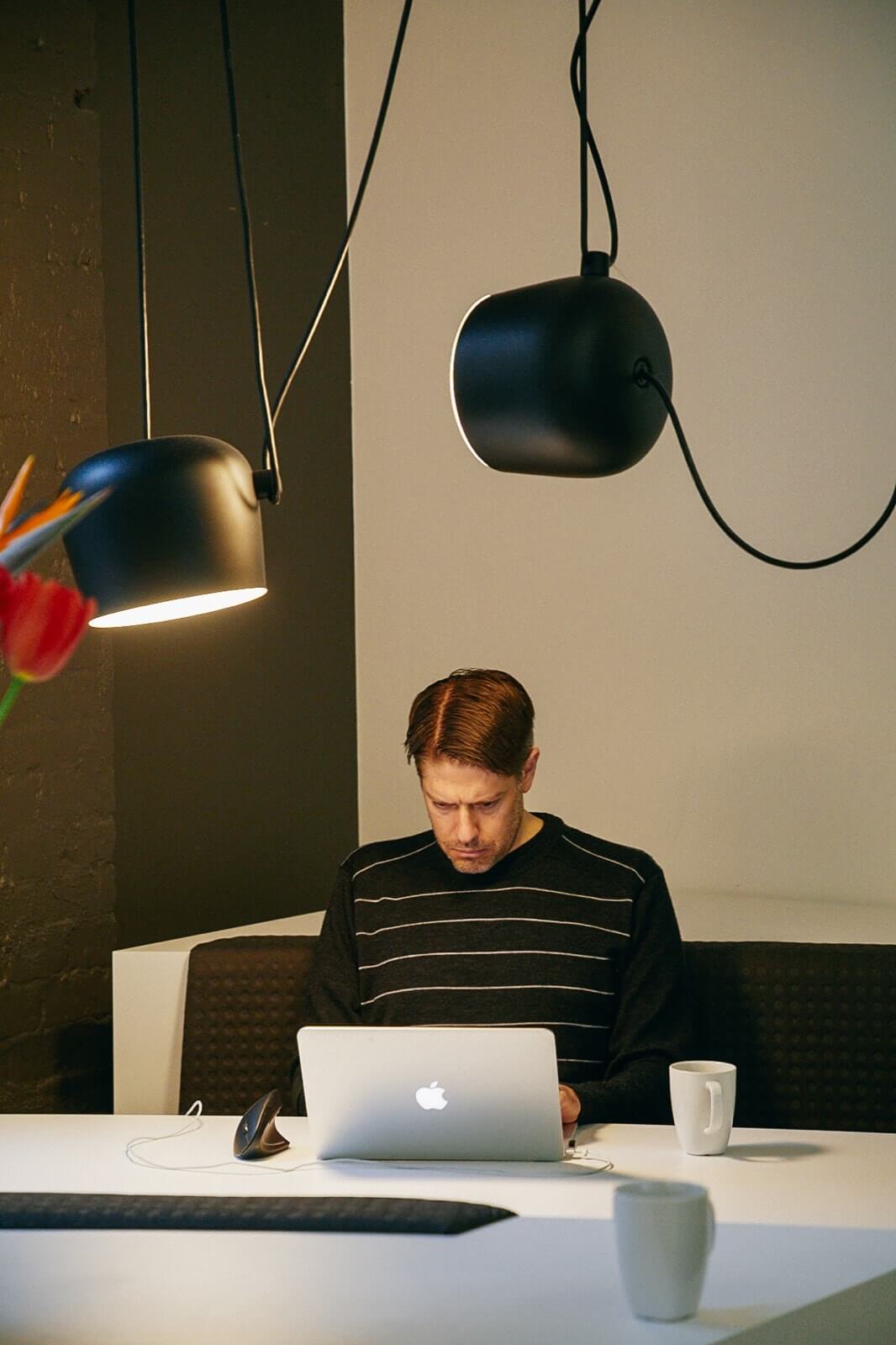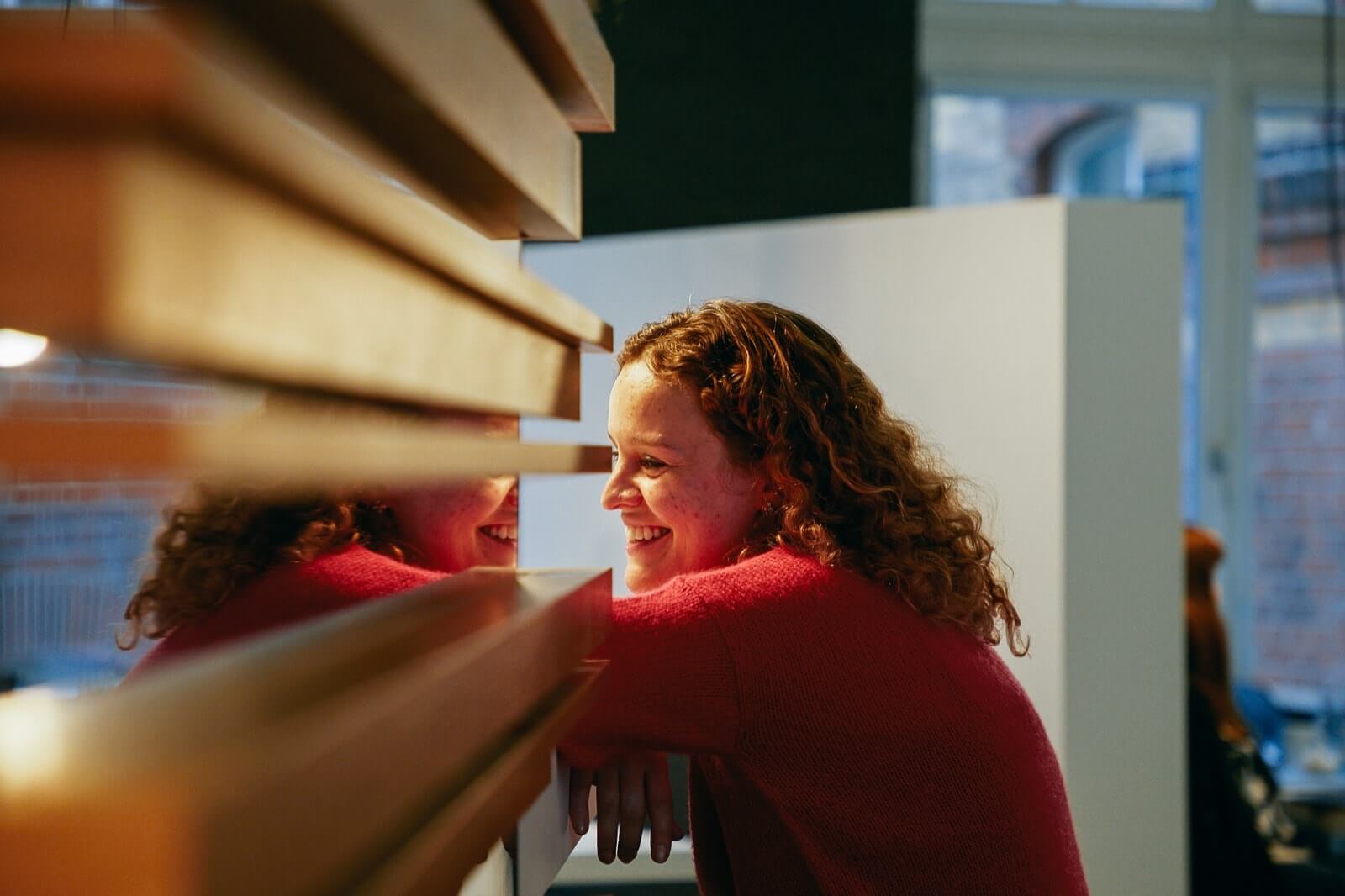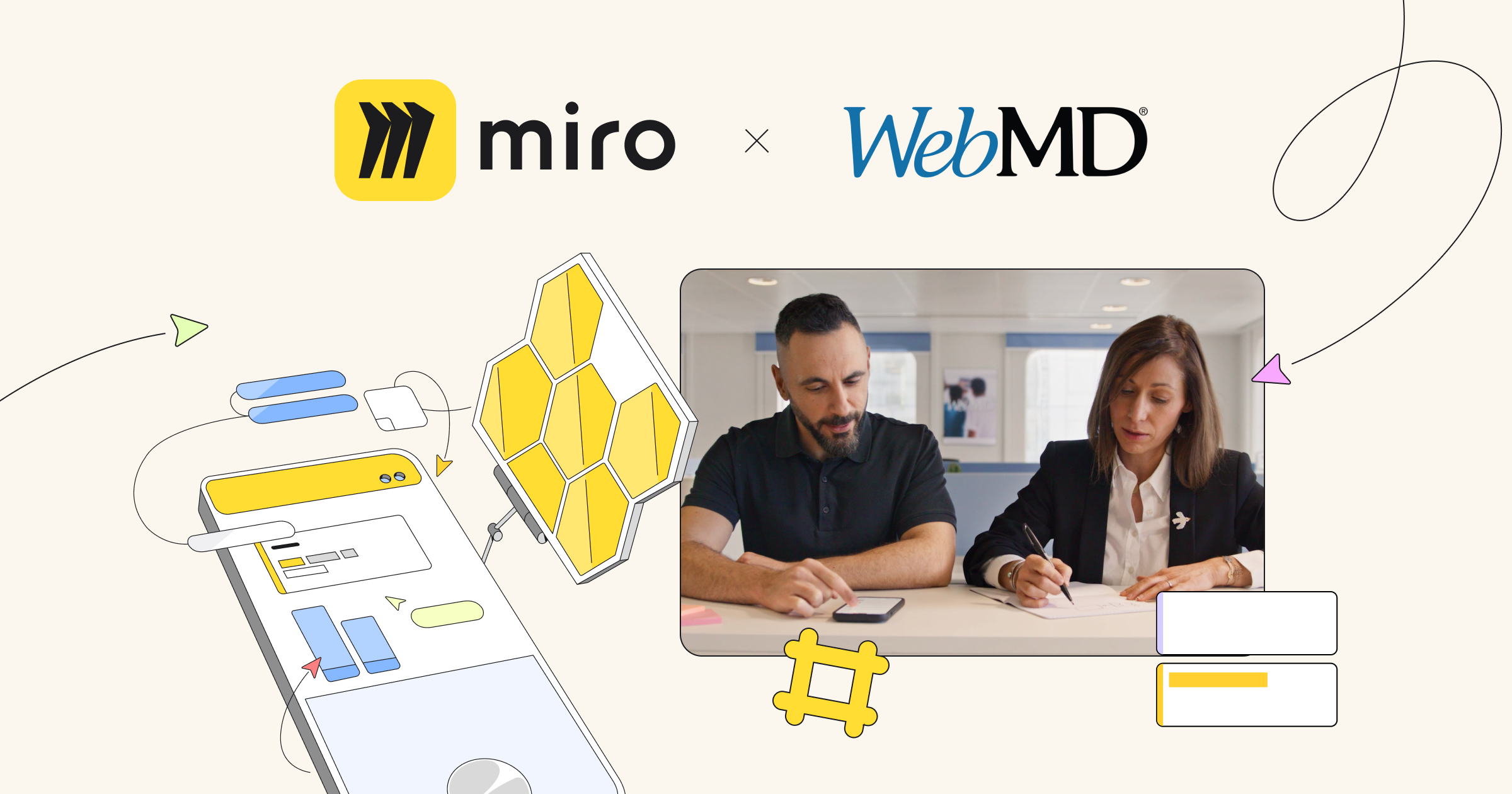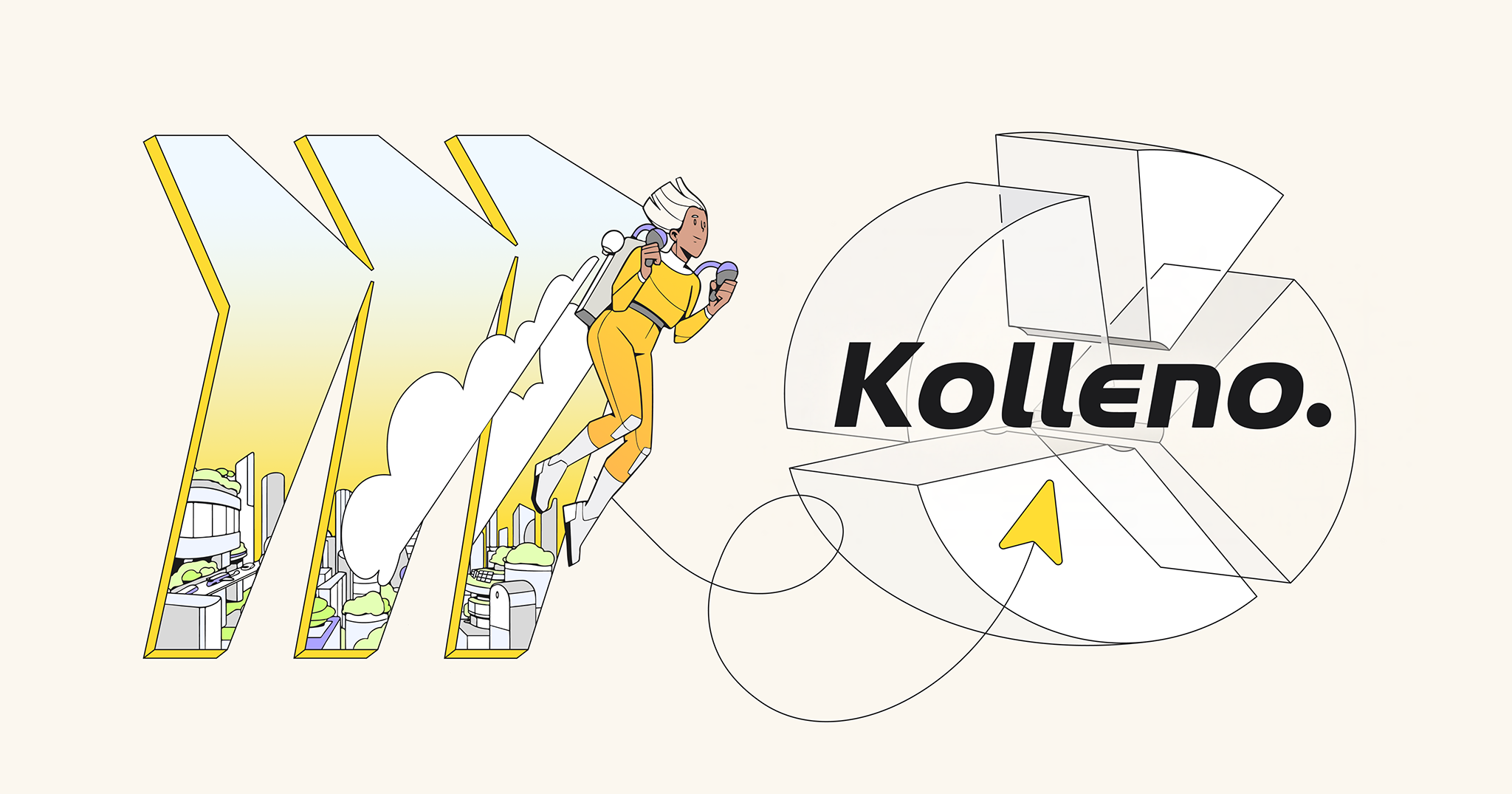Here at Miro, we are passionate about helping other companies be more productive and streamline their product development. We also try to follow them closely on their way to success and share their insights with our readers. Today, we are excited to publish a story about BCG Digital Ventures (DV), a corporate innovation, incubation and investment firm that invents, builds, scales and invests in startups with the world’s most influential companies.
Key takeaways
1
For DV’s corporate partners, it’s often more effective to introduce a new venture as an addition to a big company, rather than transforming the whole legacy organization.
2
To go through a digital transformation, the company has to look outside the usual set of guidelines and search for new business models.
3
Miro can serve a lot of use cases, but it also improves the quality of communication, leading to real actions instead of cold emails.
A company builder
A subsidiary of The Boston Consulting Group, DV helps big companies innovate in the digital age. “Our clients are Fortune 500 companies that would like to drive innovation from a different angle than internally, so we’re helping them find a potential area where we could launch a viable startup,” explains Oliver Hanff, DV Design Lead. DV is usually responsible not only for the idea, but also for the implementation: they build a product, incorporate a startup, launch and scale real businesses, etc.
A lot of DV employees have a background in the startup world. For example, Oliver worked as a UX design freelancer for both large and small companies as well as for Fjord, a design and innovation consultancy later acquired by Accenture. Nadia Meyer, DV Strategic Design Director, also worked as a startup consultant before joining DV.
This startup experience helps the DV team serve their corporate partners. “They approach us when their industry is under pressure to innovate and they fear being ‘out-innovated’ by smaller startups,” says Oliver. DV either helps them find new customers, build a new product or both.
Building startups that have to live within a corporate context in a specific industry is really different from building a startup from scratch. There are a lot of rules; but, on the other hand, these corporate outposts have an advantage. They can access the insights and industry knowledge of large corporations that startups may not have access to and build on top of that. At DV, the team sees a tremendous opportunity in this kind of access. “There are a lot of startups that can’t achieve their goals because their ideas would only work at scale; nowadays, when there are big corporations like Amazon and eBay, the market is simply too competitive for newbies,” concludes Oliver.
Profile
BCG Digital Ventures
BCG Digital Ventures (DV) is a corporate innovation, incubation and investment firm that partners with the world’s leading companies to develop, launch and grow digital products, platforms and businesses.
TEAM: about 251-500 people spread between Manhattan Beach (California), Berlin, New York, Silicon Valley, London, Seattle, San Francisco, Tokyo and Sydney.
Founded IN 2014
Founders: Jeff Schumacher, Simon MacGibbon and Sean Collins
PROJECTS: HeyCar, Matmatch, AutoGravity, Babily, COUP and many more.
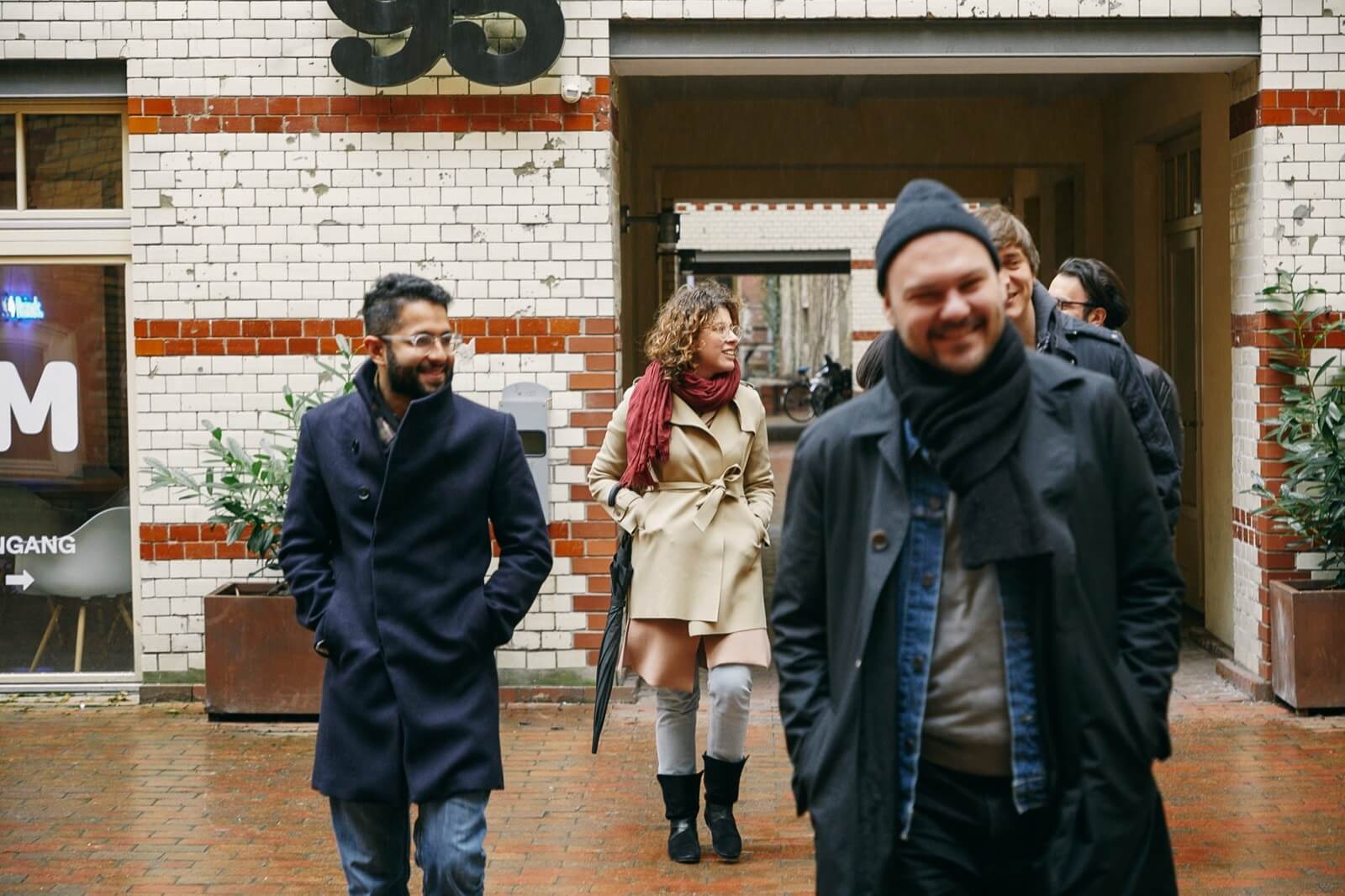
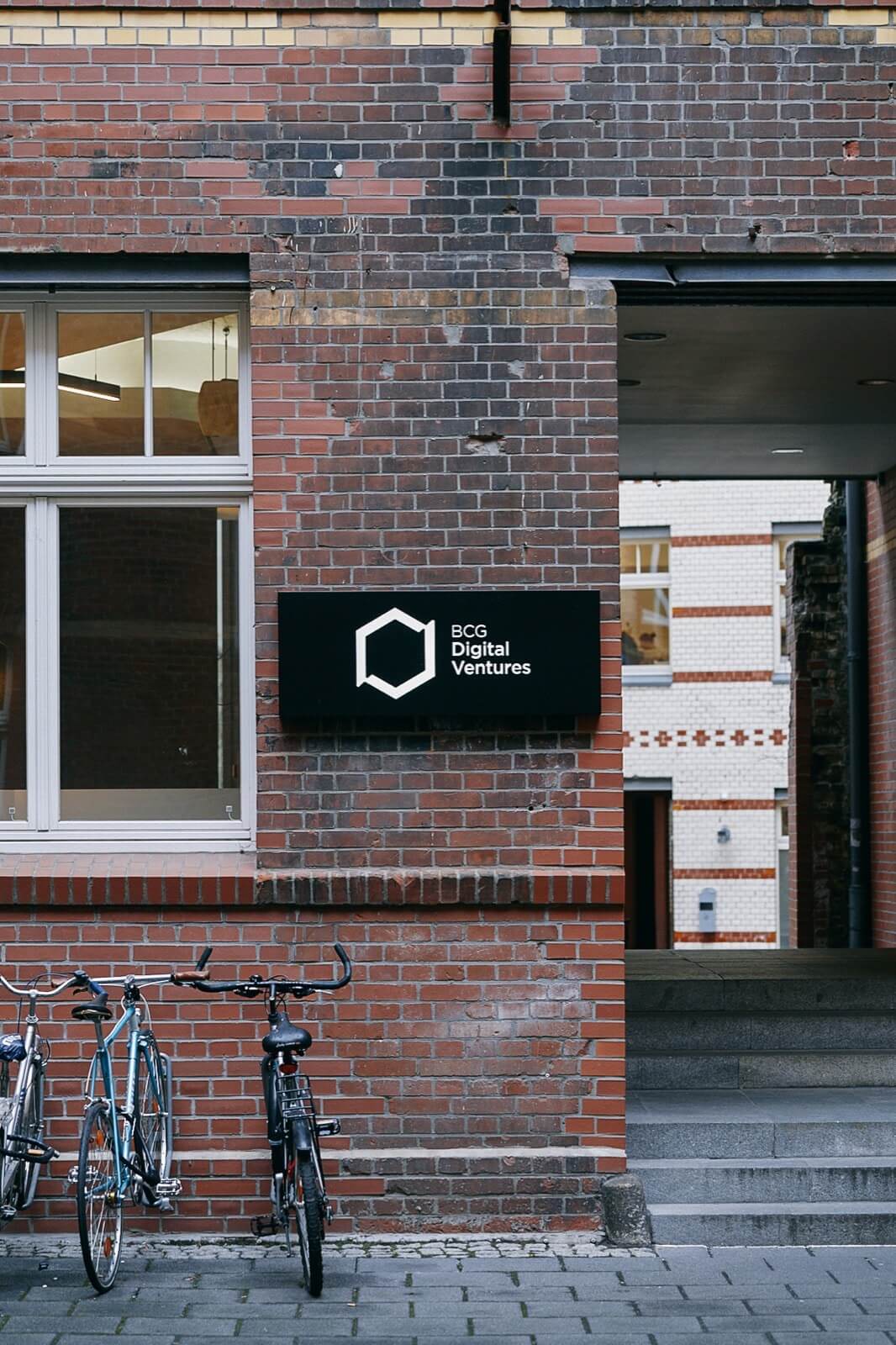
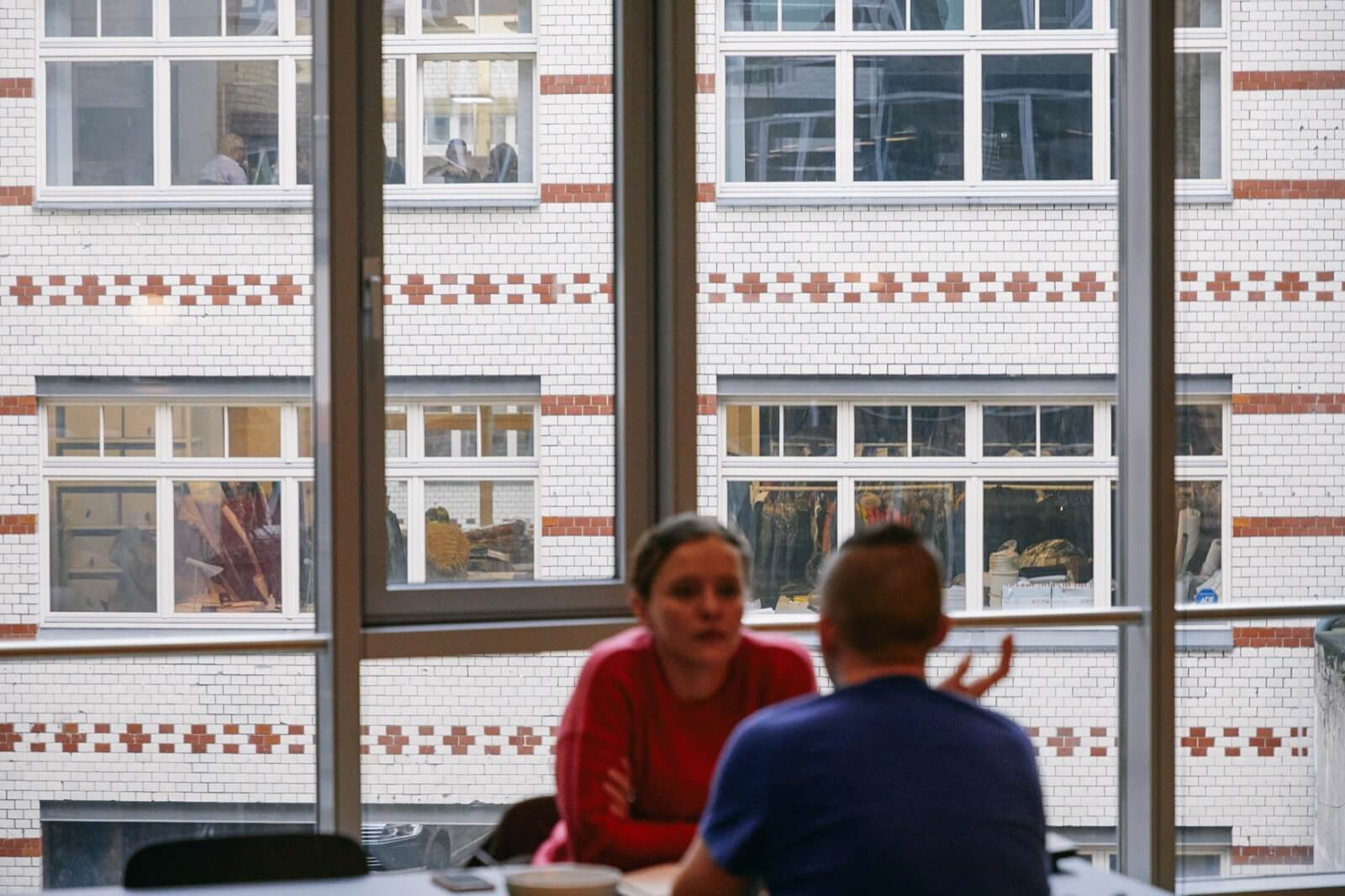
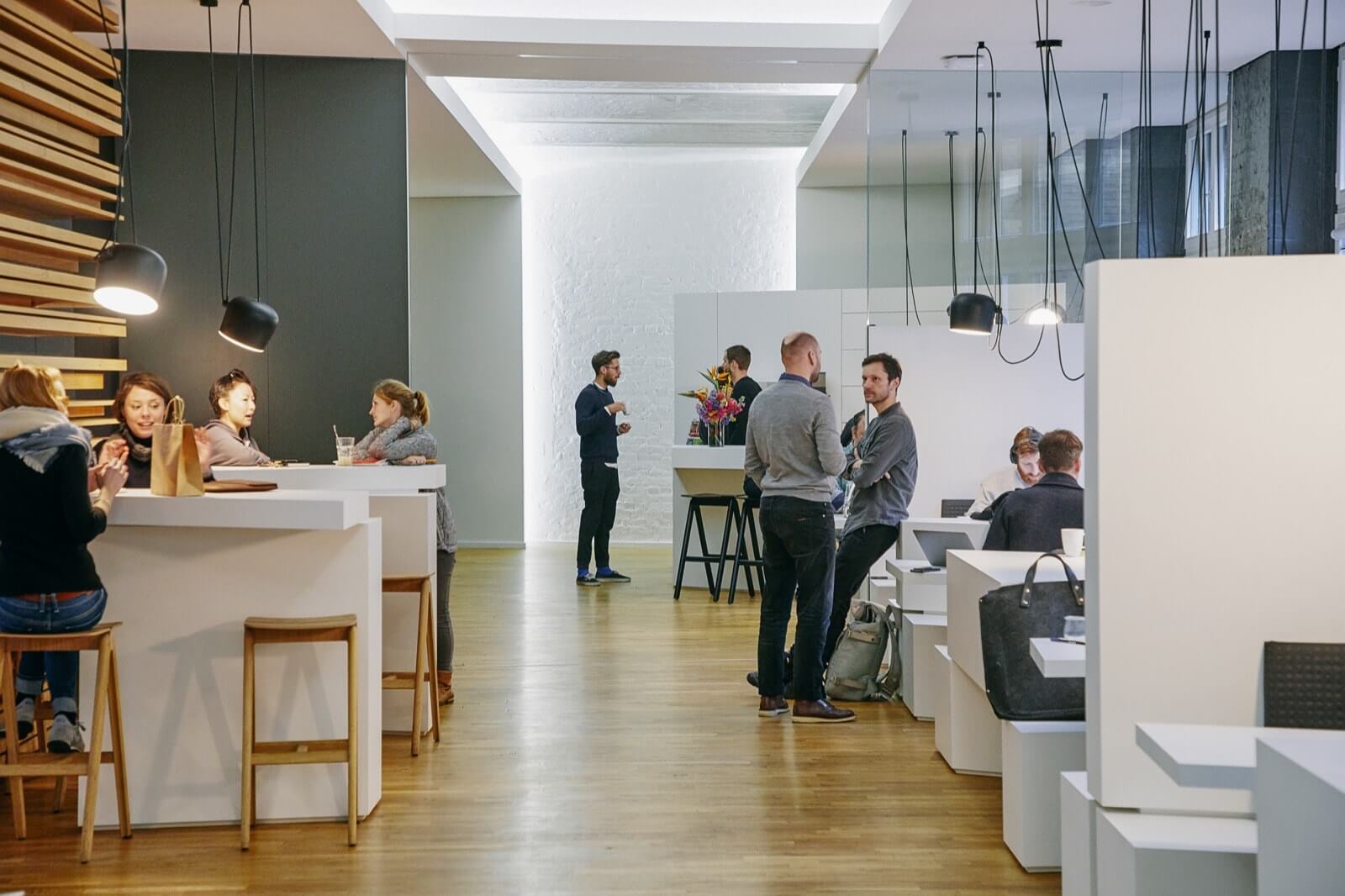
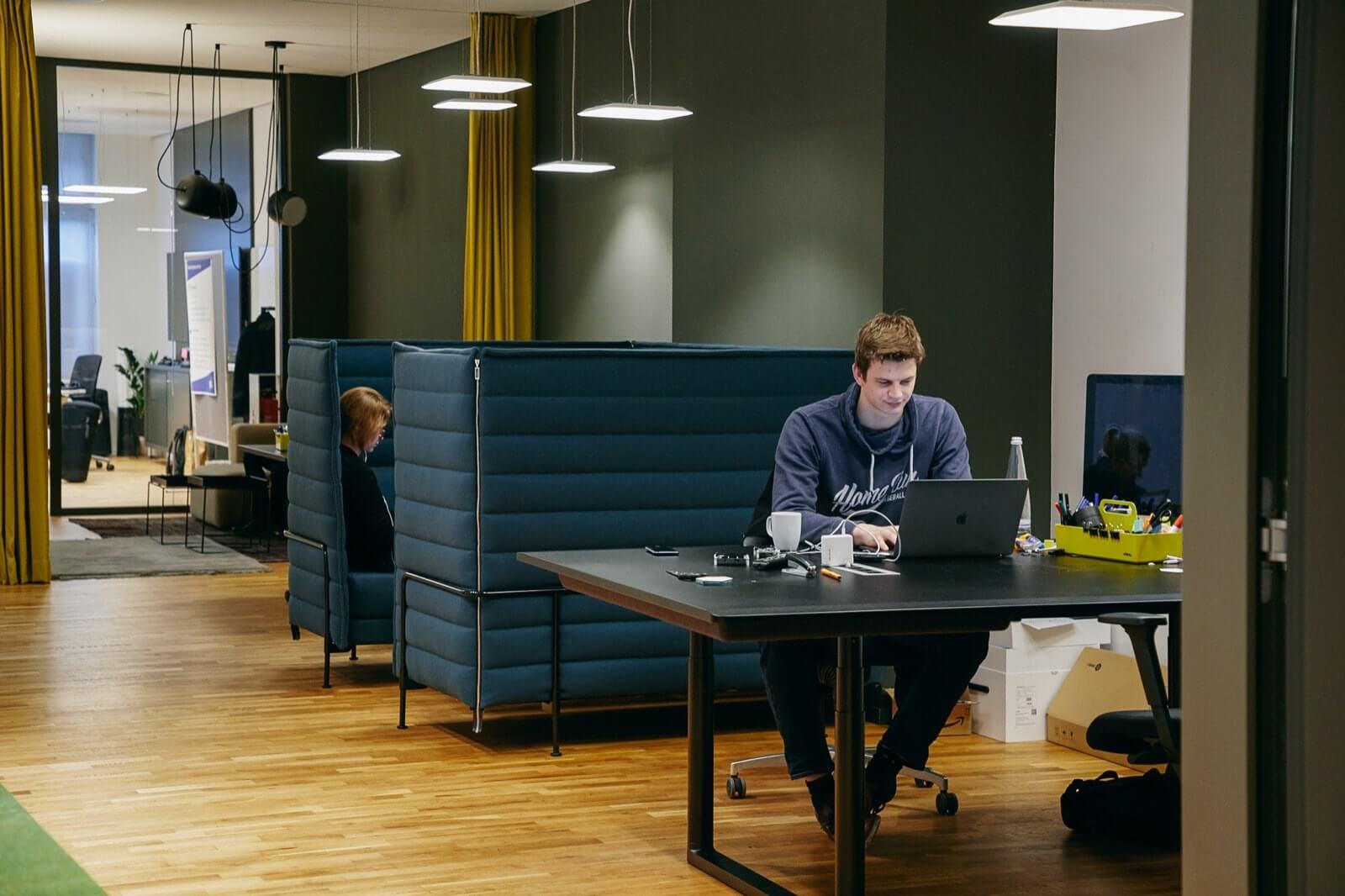
Our clients are Fortune 500 companies that would like to drive innovation, so we’re helping them find a potential area where we could launch a viable startup
New modes of collaboration
and communication
So how does DV help big companies find and implement new business models? First and foremost, they are trying to educate their clients about Lean Startup methodology, Agile framework and customer centricity. “You might think that all big companies already have a huge service and user-oriented product development and design team, but you would be surprised how many businesses that make billions are still running on an Excel sheet,” remarks Oliver.
To find the right balance between what the user needs, what the company wants and where money can be made, DV leads each client through a similar process. First, the team discovers market opportunities based on customer insight. “What we do is a typical design thinking approach. We start by understanding the context of the space in which we are searching for opportunities for our corporate partner. Then we run alignment workshops where we try to structure our initial understanding and develop a hypothesis of where our research is most relevant,” says Nadia. The team often uses Miro for these workshops, “as you would normally use a Post-it board.”
Miro use cases









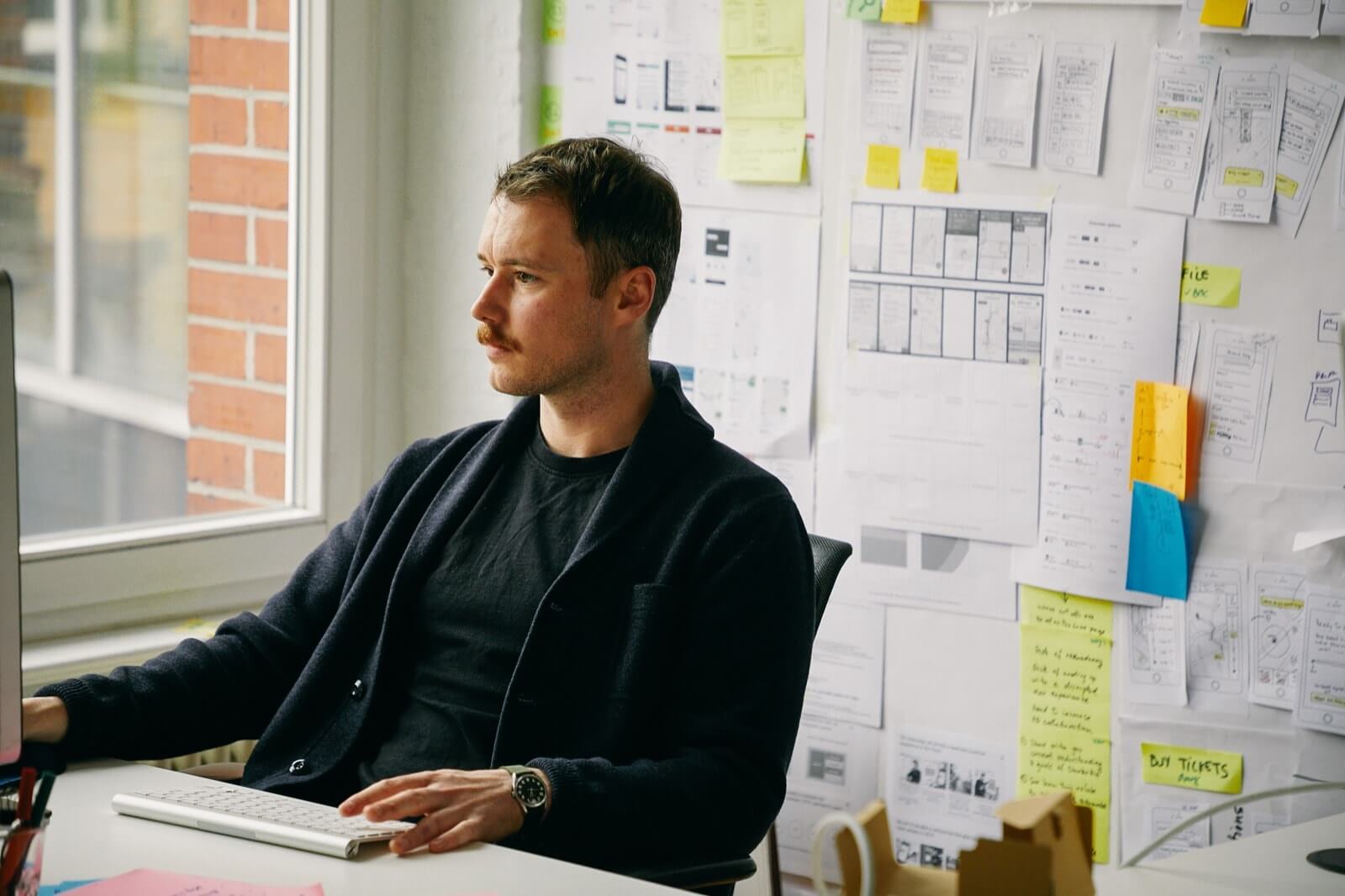
With Miro, remote employees are able to participate in the workshop regardless of the location. It’s a very big improvement for us
The second step is usually the research and discovery phase, where DV team members conduct field research or talk to existing customers. After recording interviews and observations, the team often uses Miro for debriefing. Once the discovery phase is complete, the team goes into inside formulation or opportunity research workshops, where they analyze and structure their findings. In this case, Miro plays the same role as in the beginning (as a workshopping tool). “Now remote employees are able to participate in the workshop regardless of the location. It’s a very big improvement for us,” observes Nadia. After creating frameworks that organize all the information, it’s possible to find opportunity areas. For that, the team uses Miro and other tools like Adobe Illustrator in order to draw connections between different frameworks (RTB has just one type of arrow).
The DV team also uses Miro for presentations (instead of PowerPoint), creating service blueprints and running Agile ceremonies like Retrospectives. “Blueprints are a structured way of using the information that we have gathered, and Miro specifically was very useful in creating the service blueprints. With the endless scrolling and zooming feature, the tool helped us draw down to the various levels of detail,” says Ken Knoll, DV Senior Product Manager.
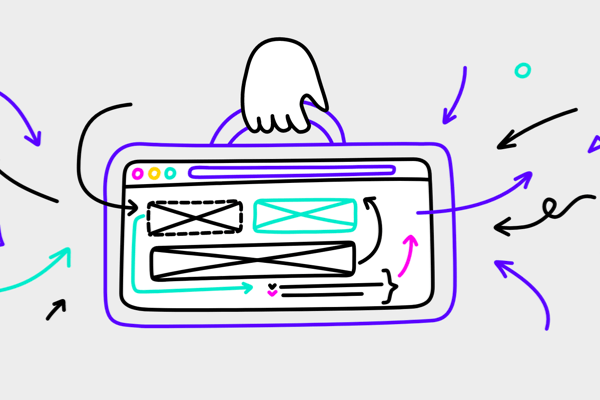
Four methods to align UX strategy with your business goal
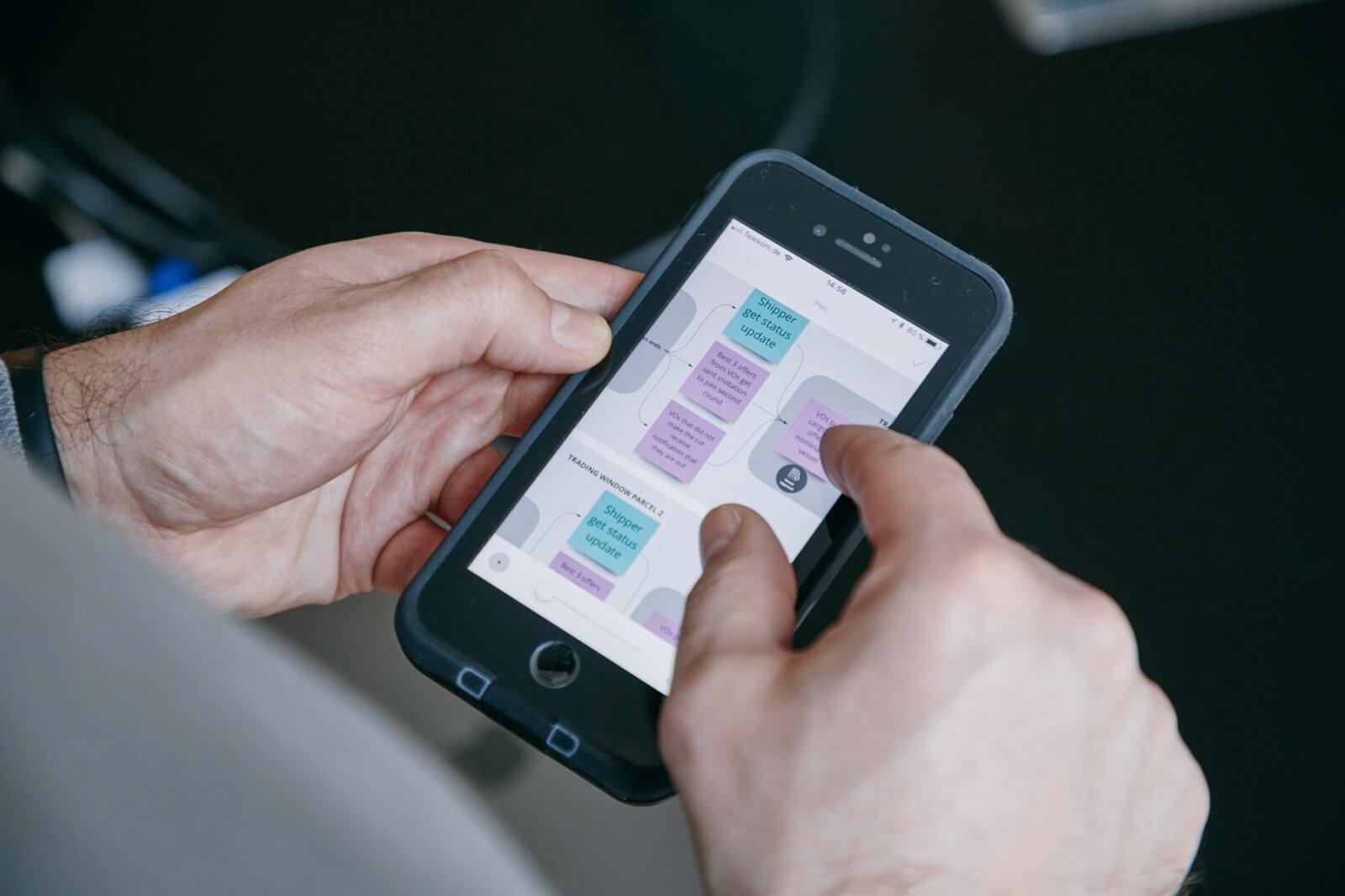
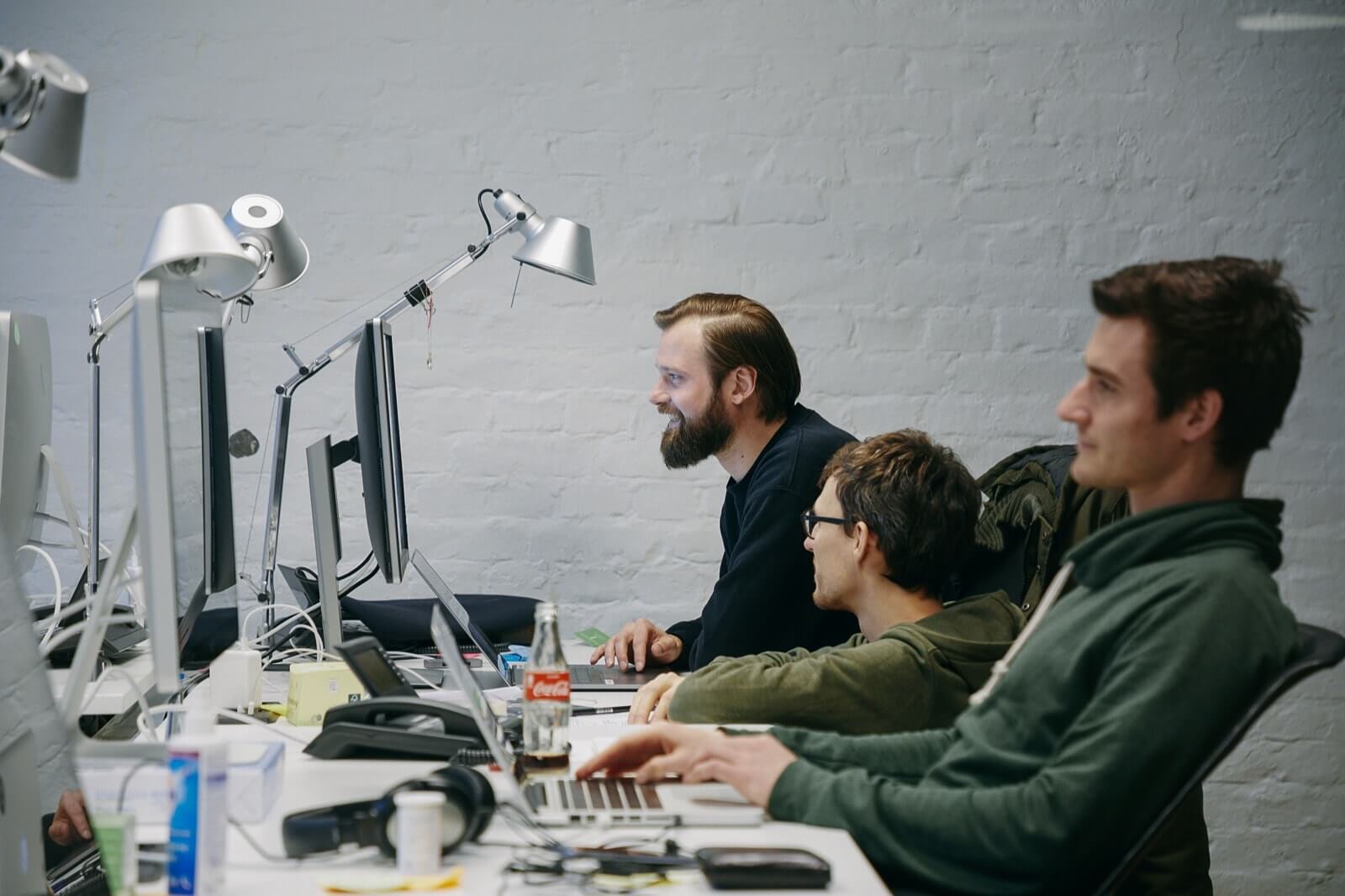
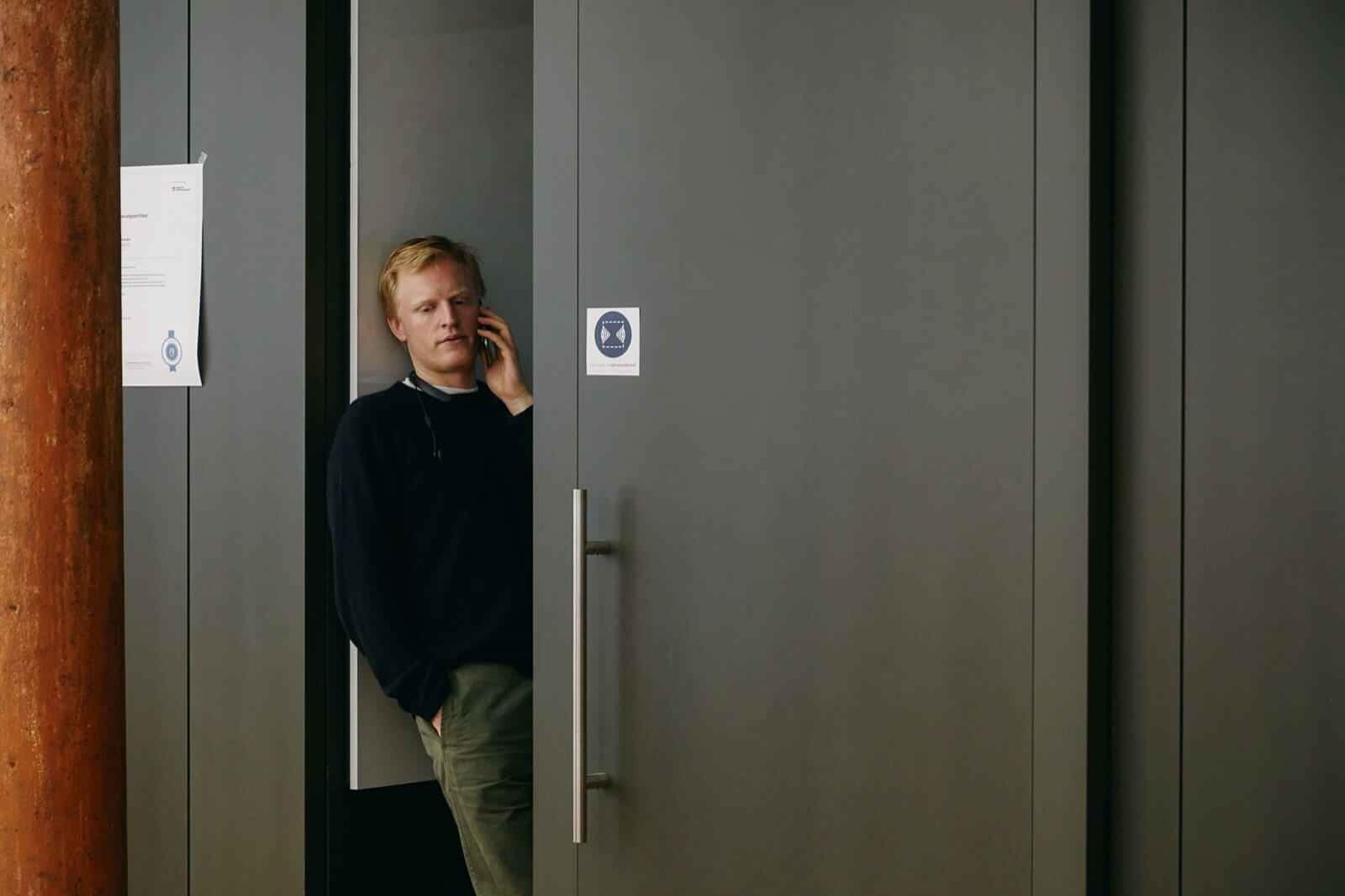
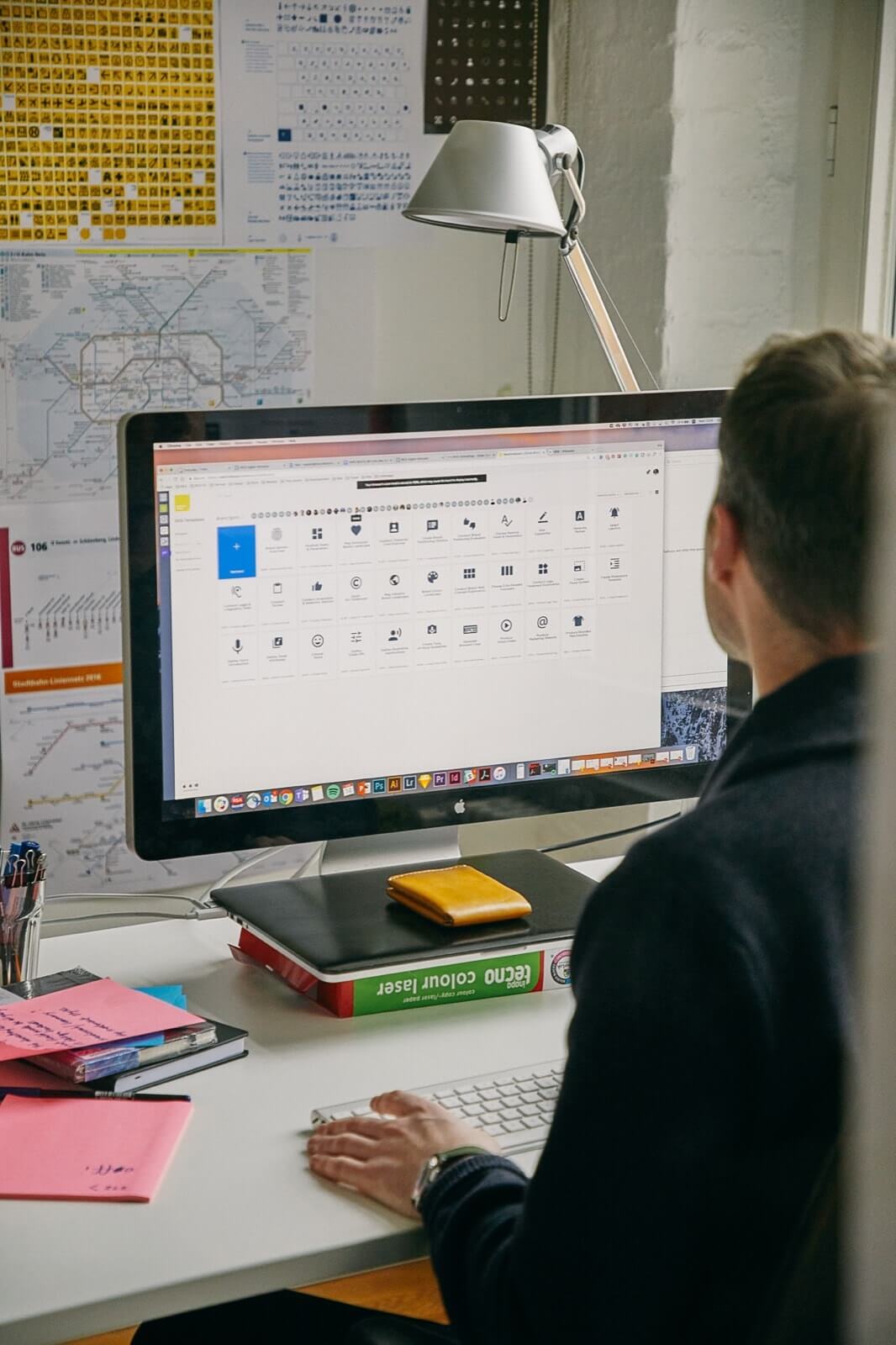
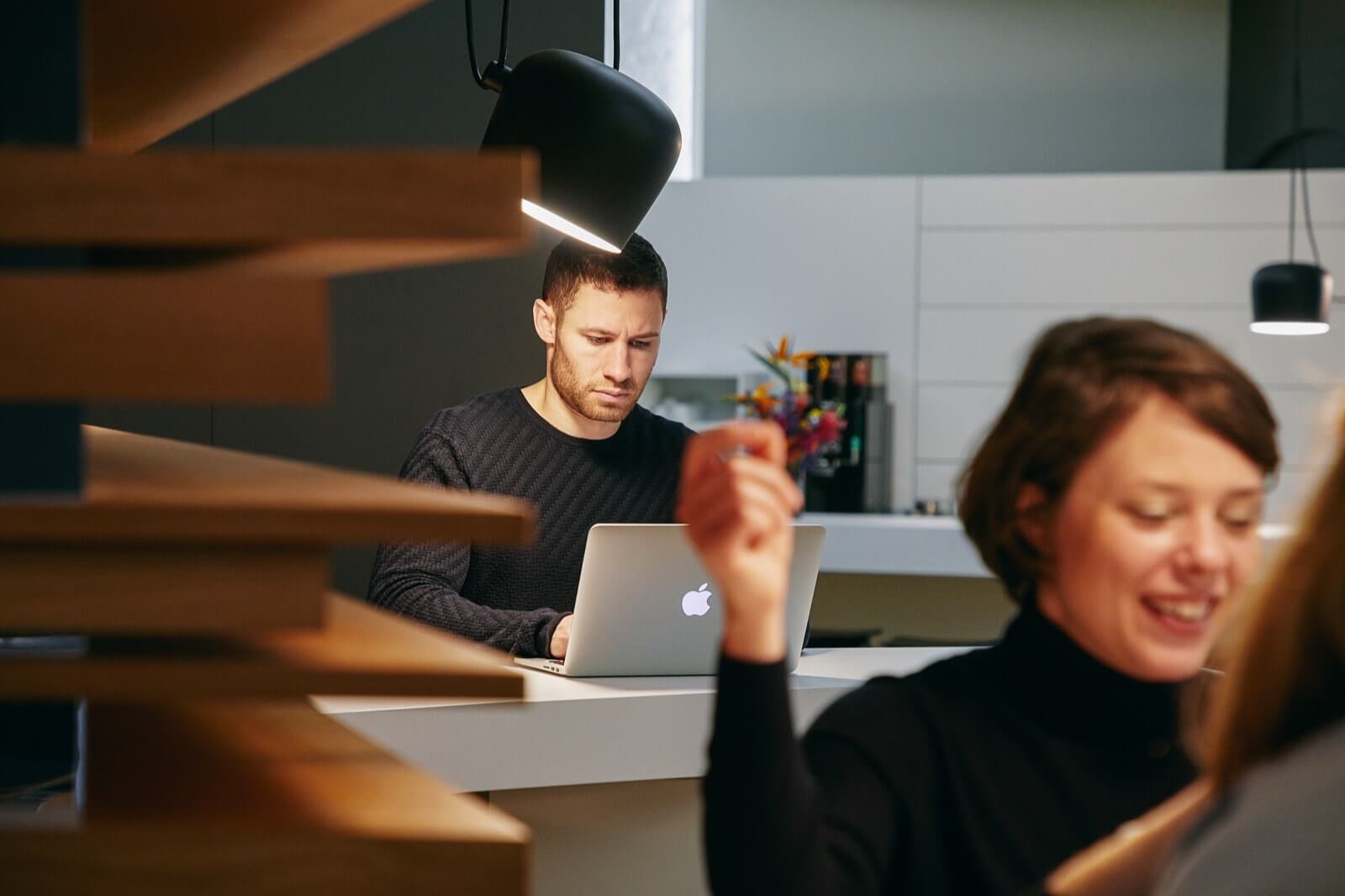
Innovating outside the corporate world to save it
A lot of executives and product developers are well aware of Agile and design thinking, so why is it so difficult to innovate in the corporate environment? When we ask Oliver about this, he shares some insights. He realized that, even if big companies have UX and product development teams, most of the time they are stymied by having to keep the current company alive, doing incremental new products or services for the company. Separating new ideas from the normal corporate structure gives them the chance to breathe. “We think that it’s easier and faster if you just take your fresh ideas and incorporate them into the young and small Agile teams, instead of trying to dominate a big team where you have lots of pre-existing internal processes to contend with,” concludes Ken.
“Miro is not just a tool that allows us to collaborate and solve specific problems; it’s also a way of communicating. Most clients would be used to sending a lot of emails and responding in a sort of traditional way, but we try to move the confirmations and collection of information to digital tools so that we don’t have to revert back to the old ways,” Ken adds. While transforming the company, it’s crucial to change the way people communicate. After implementing Miro, everybody automatically shares their most important outcomes and findings in a presentable way.
Use Miro to facilitate innovation, cultural transformation, change management or product development in your organization.
Get in touch to learn more about Company plan for enterprise teams of 50 users and up.
